He Yang
Physics-Informed Extreme Learning Machine (PIELM) for Tunnelling-Induced Soil-Pile Interactions
Oct 01, 2025Abstract:Physics-informed machine learning has been a promising data-driven and physics-informed approach in geotechnical engineering. This study proposes a physics-informed extreme learning machine (PIELM) framework for analyzing tunneling-induced soil-pile interactions. The pile foundation is modeled as an Euler-Bernoulli beam, and the surrounding soil is modeled as a Pasternak foundation. The soil-pile interaction is formulated into a fourth-order ordinary differential equation (ODE) that constitutes the physics-informed component, while measured data are incorporated into PIELM as the data-driven component. Combining physics and data yields a loss vector of the extreme learning machine (ELM) network, which is trained within 1 second by the least squares method. After validating the PIELM approach by the boundary element method (BEM) and finite difference method (FDM), parametric studies are carried out to examine the effects of ELM network architecture, data monitoring locations and numbers on the performance of PIELM. The results indicate that monitored data should be placed at positions where the gradients of pile deflections are significant, such as at the pile tip/top and near tunneling zones. Two application examples highlight the critical role of physics-informed and data-driven approach for tunnelling-induced soil-pile interactions. The proposed approach shows great potential for real-time monitoring and safety assessment of pile foundations, and benefits for intelligent early-warning systems in geotechnical engineering.
TS-PIELM: Time-Stepping Physics-Informed Extreme Learning Machine Facilitates Soil Consolidation Analyses
Jun 11, 2025Abstract:Accuracy and efficiency of the conventional physics-informed neural network (PINN) need to be improved before it can be a competitive alternative for soil consolidation analyses. This paper aims to overcome these limitations by proposing a highly accurate and efficient physics-informed machine learning (PIML) approach, termed time-stepping physics-informed extreme learning machine (TS-PIELM). In the TS-PIELM framework the consolidation process is divided into numerous time intervals, which helps overcome the limitation of PIELM in solving differential equations with sharp gradients. To accelerate network training, the solution is approximated by a single-layer feedforward extreme learning machine (ELM), rather than using a fully connected neural network in PINN. The input layer weights of the ELM network are generated randomly and fixed during the training process. Subsequently, the output layer weights are directly computed by solving a system of linear equations, which significantly enhances the training efficiency compared to the time-consuming gradient descent method in PINN. Finally, the superior performance of TS-PIELM is demonstrated by solving three typical Terzaghi consolidation problems. Compared to PINN, results show that the computational efficiency and accuracy of the novel TS-PIELM framework are improved by more than 1000 times and 100 times for one-dimensional cases, respectively. This paper provides compelling evidence that PIML can be a powerful tool for computational geotechnics.
H-FL: A Hierarchical Communication-Efficient and Privacy-Protected Architecture for Federated Learning
Jun 01, 2021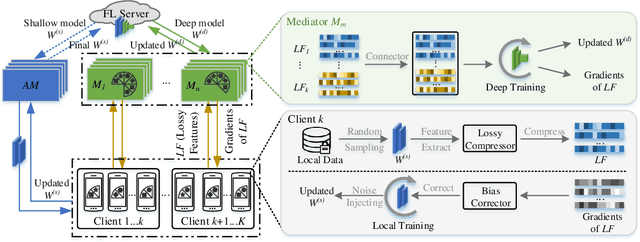
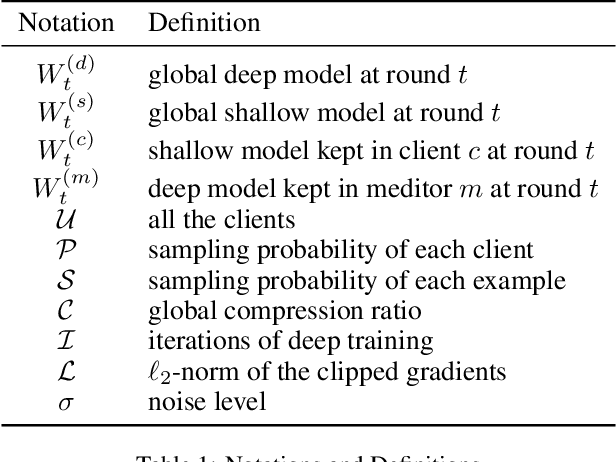
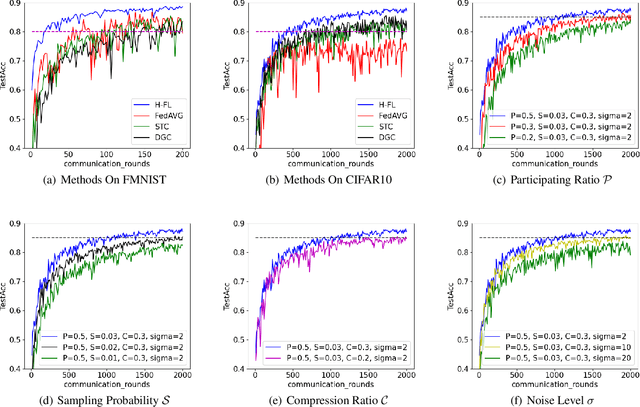

Abstract:The longstanding goals of federated learning (FL) require rigorous privacy guarantees and low communication overhead while holding a relatively high model accuracy. However, simultaneously achieving all the goals is extremely challenging. In this paper, we propose a novel framework called hierarchical federated learning (H-FL) to tackle this challenge. Considering the degradation of the model performance due to the statistic heterogeneity of the training data, we devise a runtime distribution reconstruction strategy, which reallocates the clients appropriately and utilizes mediators to rearrange the local training of the clients. In addition, we design a compression-correction mechanism incorporated into H-FL to reduce the communication overhead while not sacrificing the model performance. To further provide privacy guarantees, we introduce differential privacy while performing local training, which injects moderate amount of noise into only part of the complete model. Experimental results show that our H-FL framework achieves the state-of-art performance on different datasets for the real-world image recognition tasks.
Deep Learning for the Classification of Lung Nodules
Nov 26, 2016
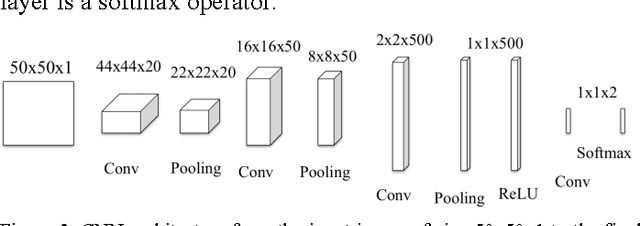
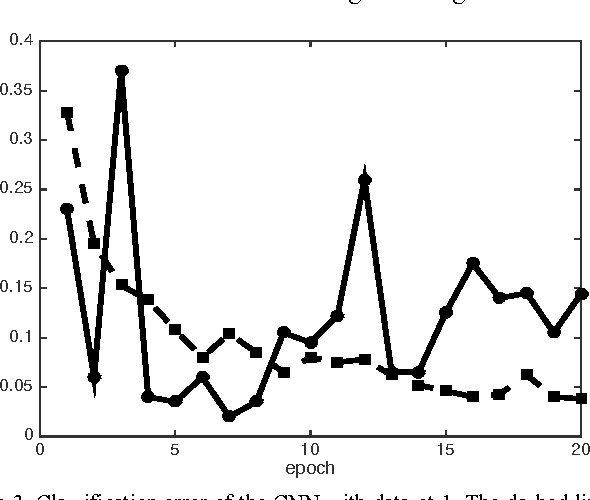
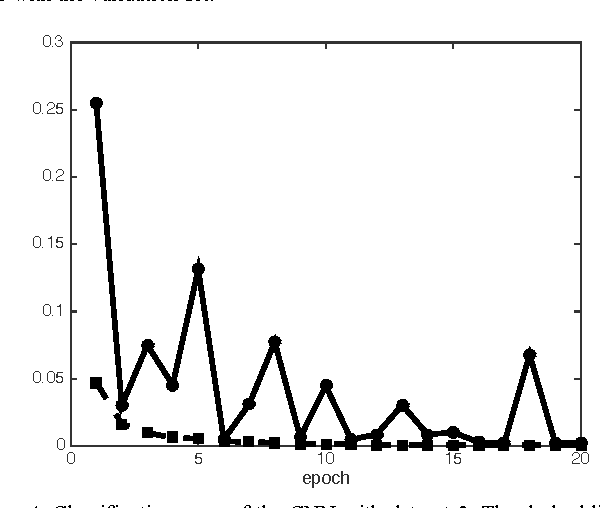
Abstract:Deep learning, as a promising new area of machine learning, has attracted a rapidly increasing attention in the field of medical imaging. Compared to the conventional machine learning methods, deep learning requires no hand-tuned feature extractor, and has shown a superior performance in many visual object recognition applications. In this study, we develop a deep convolutional neural network (CNN) and apply it to thoracic CT images for the classification of lung nodules. We present the CNN architecture and classification accuracy for the original images of lung nodules. In order to understand the features of lung nodules, we further construct new datasets, based on the combination of artificial geometric nodules and some transformations of the original images, as well as a stochastic nodule shape model. It is found that simplistic geometric nodules cannot capture the important features of lung nodules.
 Add to Chrome
Add to Chrome Add to Firefox
Add to Firefox Add to Edge
Add to Edge